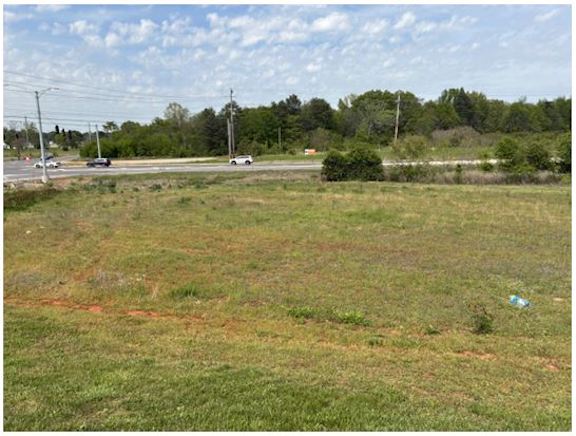State, local officials talk new 911 system
Published 6:30 am Friday, August 16, 2019

- From left, Adam Brown with the Alabama 911 Board, Athens-Limestone E911 Center Director Brandon Wallace and Caleb Branch, Alabama market manager with INdigital telecom, speak Thursday at the Athens-Limestone E911 center on Elm Street about the Alabama Next Generation Emergency Network. Last week, the the U.S. Department of Commerce and the U.S. Department of Transportation announced Alabama had received $2.5 million in federal funding to improve its emergency communications infrastructure.
By this time next year, the state’s 911 system won’t rely solely on technology dating back to the 1960s, but rather wireless technology to help dispatchers more accurately pinpoint a caller’s location.
Last Thursday, the U.S. Department of Commerce and the U.S. Department of Transportation announced Alabama had received $2.5 million in federal funding to improve its emergency communications infrastructure. The grant requires a 40% match, so the state will provide an additional $1.5 million toward the project.
Trending
Alabama was one of 34 states and two tribal nations to be awarded the 911 grant. Amounts were based on population and road miles.
The project is being overseen in Alabama by the Alabama 911 Board and Indiana-based INdigital telecom. Representatives from both organizations were in Limestone County Thursday to explain how the Alabama Next Generation Emergency Network will improve emergency services for Alabamians.
The process of switching dispatch centers over to the new network is moving from south to north. Thirty-five percent of the state’s population is now being served by ANGEN, with Mobile and Montgomery being the largest public-safety answering points, or PSAPs, now online.
Officials said Thursday they hope all 911 centers statewide will be connected by August 2020.
How the system is different
Brandon Wallace, director of Athens-Limestone E911, and Adam Brown with the Alabama 911 Board explained the ANGEN network would provide better response for those in need of emergency service and more flexibility to PSAPs across the state.
Trending
“When the network is fully implemented, an accurate location of where (a caller) is will be sent with the voice call,” Brown said. “Currently, that’s not the way it is with wireless phones. We get the voice call first, followed by whatever location information that may exist. That may take from 15 to 60 seconds after the call comes in.”
Wallace said the accuracy of the system may also come in handy during events in Athens and Limestone County that bring in thousands of visitors, like the annual Tennessee Valley Old Time Fiddler’s Convention.
“We can draw a geo fence around the venue and have every call made delivered to a command post or another location near or inside the event,” he said. “Being that much closer to an emergency call is really awesome for us.”
Members of the media got to see parts of the ANGEN system at work Thursday, as dots on a large computer monitor showed where 911 calls were being placed statewide. Another screen showed a “heat map” of Limestone County, which depicted the highest number of 911 calls originating from Interstate 65 through Athens.
“None of what we’re doing is meant to track anybody,” Brown said. “It’s a tool to get you help as quickly as we possibly can.”
ANGEN also allows a PSAP to change gears quickly in case it experiences an emergency, like a fire or tornado that may require evacuating the building. Dispatchers would be able to use wireless phones and continue working from any location that has internet access.
A PSAP would also be able to reroute calls to another PSAP with just the push of a button. The Athens-Limestone E911 center’s backup location is Morgan County.
“This is really exciting technology. Most people who will have to call 911 won’t notice much of a difference,” Brown said. “The work the call-handlers do is amazing, and this will give them more tools to help a caller faster.”
Alabama’s historically progressive approach to emergency communications was noted by Branch, who pointed out the nation’s first 911 call was placed in Haleyville in 1968.





